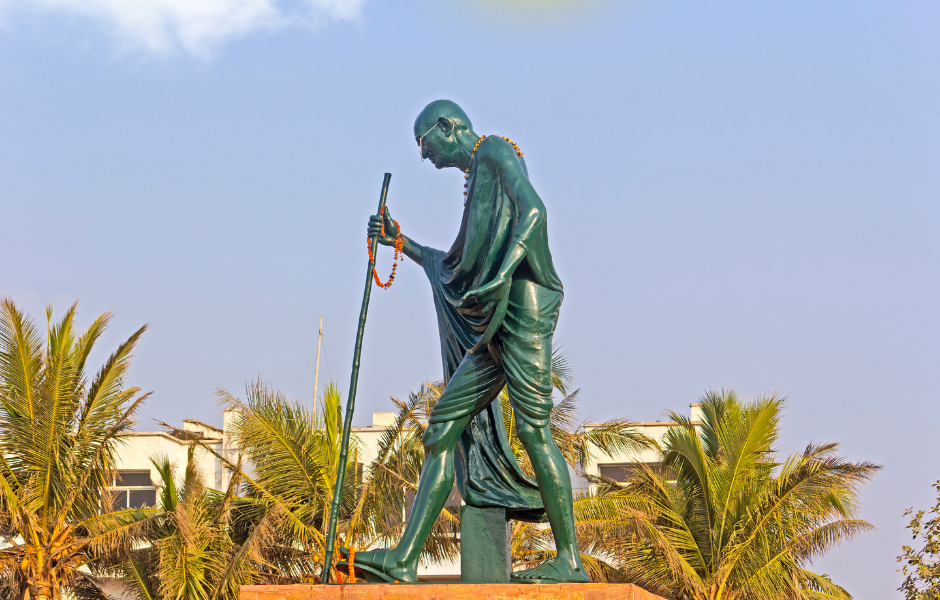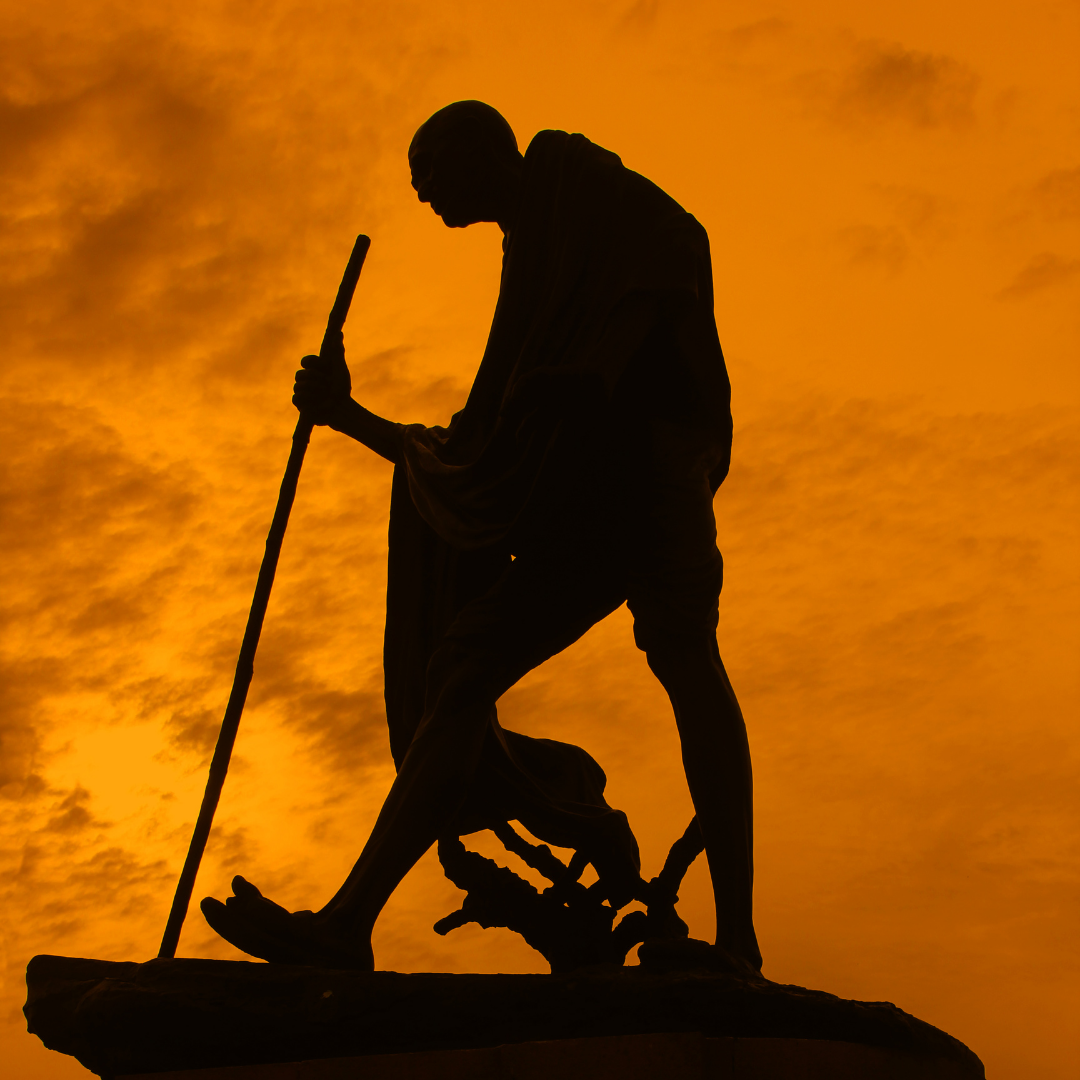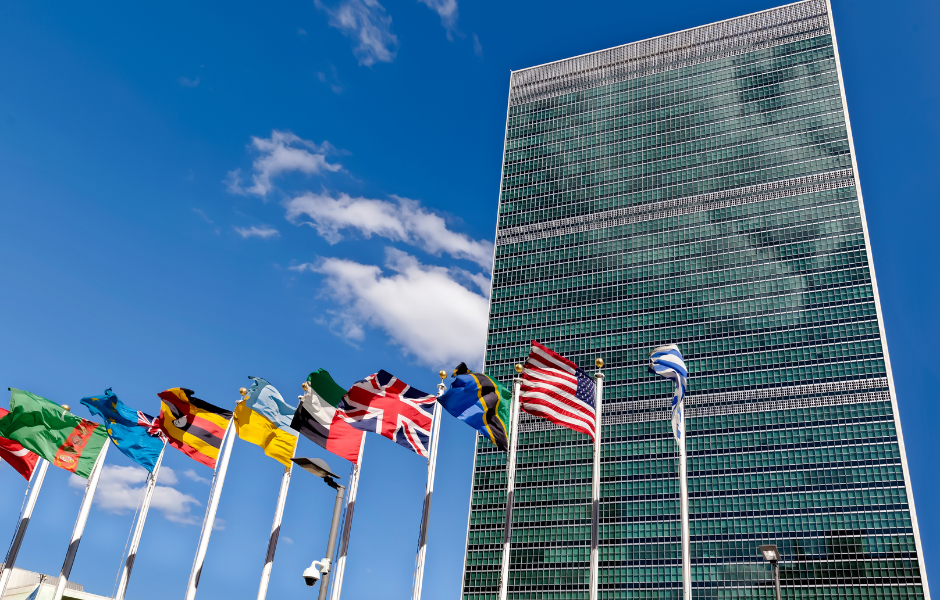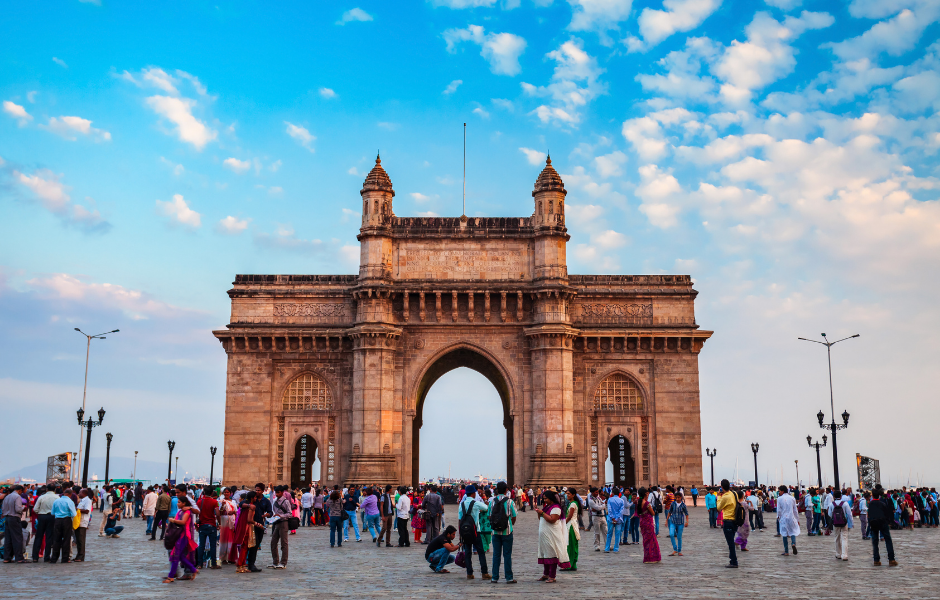
This children’s article, A kids’ guide to Mahatma Gandhi, has been written for native English speakers and learners of English as a second or foreign language. It can help children build vocabulary, learn about history, and discover the life of one of the world’s most famous leaders of peace. Written by Mark Pulley, a teacher and writer who creates fun and informative news articles for English learners.
Early life in India
Mohandas Karamchand Gandhi, who later became known as Mahatma Gandhi, was born in the town of Porbandar, India, on this day, October 2, 1869. The name “Mahatma” means “great soul,” and was a title given to him later in life for his wisdom and kindness.
As a boy, Gandhi was shy and quiet. He wasn’t a great student, but he worked hard and, above all else, he believed in honesty. When he was older, he travelled to London to study law, and after completing his studies, he became a lawyer.
His fight for justice
Gandhi’s journey as a leader began in South Africa, where he saw unfair treatment of people because of their race. He started speaking out against these injustices. Instead of fighting with weapons, Gandhi believed in peaceful protest. He encouraged people to resist unfair laws by refusing to cooperate with them, a method called non-violent resistance.
When he returned to India, Gandhi became the leader of the independence movement. He organised peaceful marches, boycotts of British goods, and encouraged people to spin their own cloth instead of buying from Britain.
His most famous protest was the Salt March in 1930, where he and thousands of followers walked over 200 miles to make their own salt, challenging British rules.
A simple way of living
One of the most striking things about Gandhi was his lifestyle. He believed that living simply was the best way to stay honest and connected to ordinary people. Gandhi dressed in plain, hand-spun cloth called khadi, and often just wore a simple white robe.
He lived in small communities called ashrams, where he and his followers worked, cooked, and cleaned together. Gandhi also promoted vegetarianism, fasting, and self-discipline. These choices were not just about religion or health, but also about showing that true strength comes from humility and self-control.
Gandhi’s legacy
Gandhi never held political office, but his ideas and leadership helped India gain independence from Britain in 1947. Sadly, only months later, in 1948, Gandhi was assassinated. His death shocked the world, but his message of peace and non-violence continued to inspire millions.
Today, Gandhi is remembered as a symbol of peace, fairness, and courage. His teachings influenced leaders like Martin Luther King Jr. in America and Nelson Mandela in South Africa, both of whom also used non-violent methods to fight injustice. Around the world, statues of Gandhi stand as reminders that peaceful protest can change history.

Article vocabulary list
- Mahatma: A title meaning “great soul.”
- Protest: An action to show you disagree with something.
- Non-violent resistance: Fighting against unfairness without using violence.
- Independence: Freedom from being ruled by another country.
- Boycott: Choosing not to buy or use something as a form of protest.
- Salt March: Gandhi’s famous protest where people made their own salt.
- Legacy: The ideas or impact someone leaves behind after their life.
- Assassinated: Killed for political or religious reasons.
- Ashram: A simple community where people live, work, and pray together.
Comprehension questions
Just click the plus (+) to see the answer
1. What does the name “Mahatma” mean?
A) Brave fighter
B) Great soul
C) Peaceful leader
Answer: B) Great soul
2. Where did Gandhi first begin his fight against unfair treatment?
A) India
B) England
C) South Africa
Answer: C) South Africa
3. What method did Gandhi believe was the best way to protest?
A) Fighting with weapons
B) Non-violent resistance
C) Staying silent
Answer: B) Non-violent resistance
4. What was the purpose of the Salt March?
A) To make food tastier
B) To challenge British salt laws
C) To find new jobs
Answer: B) To challenge British salt laws
5. Which leaders were inspired by Gandhi’s ideas?
A) Martin Luther King Jr. and Nelson Mandela
B) Christopher Columbus and Marco Polo
C) Albert Einstein and Thomas Edison
Answer: A) Martin Luther King Jr. and Nelson Mandela

Mark is a writer and EFL teacher from England with eight years’ experience. He’s passionate about travel, sport (especially football), animals, nature, and history, and enjoys helping children explore the world through language and learning.




